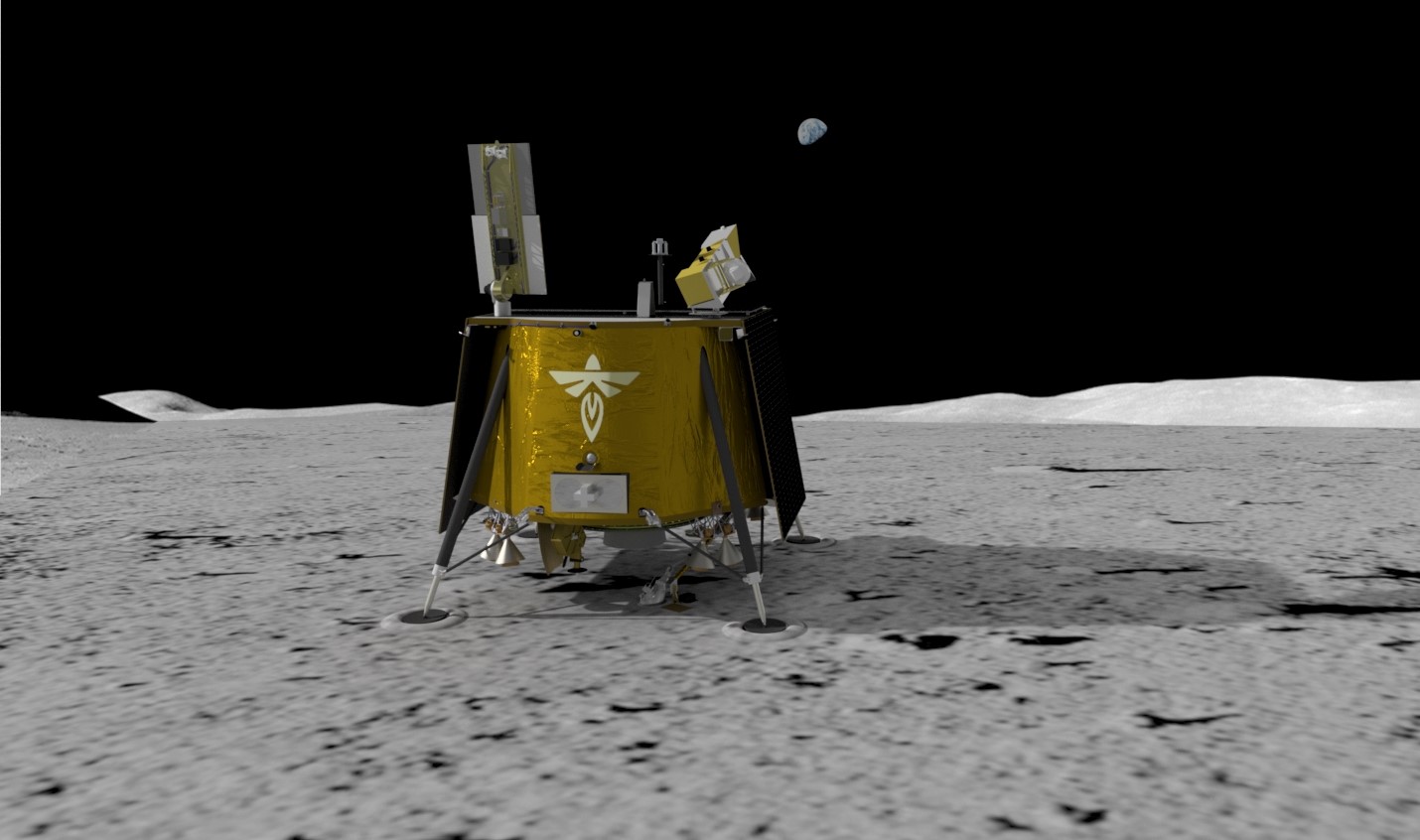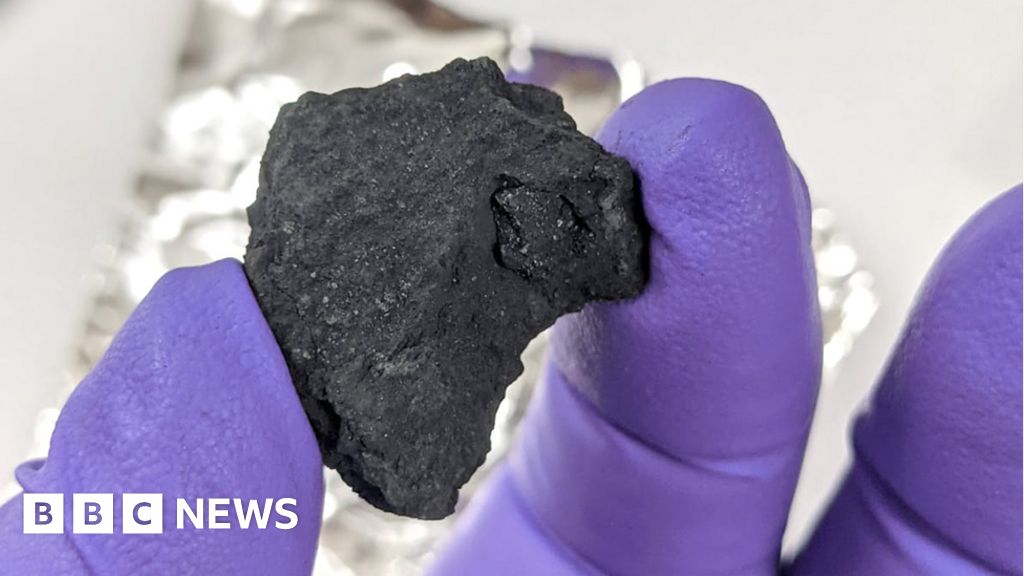- Joined
- Feb 20, 2020
- Messages
- 6,142
- Points
- 309

NASA intends to fly helicopter on Mars
WASHINGTON: More than a century after the first powered flight on Earth, NASA intends to prove it’s possible to replicate the feat on another world.Transported aboard the Mars 2020 spacecraft...











